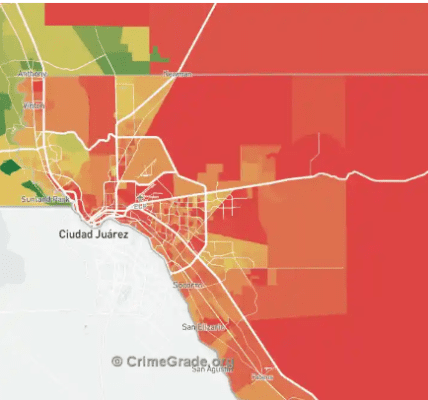Crunching the Numbers: Washington Ranks as the 4th Most Expensive State for Grocery Shopping
In a recent analysis of U.S. Census Household Pulse Survey data, HelpAdvisor shed light on the varying costs of groceries across the nation, revealing that Washington State claims the fourth spot as one of the most expensive states for purchasing essential items. With the average cost of weekly groceries in Washington reaching $287.67, households are feeling the pinch as they navigate the grocery aisles amidst a landscape of fluctuating prices.
National Average and Regional Disparities: Understanding Grocery Expenditures
The national average for weekly grocery spending comes in at $270.21, translating to approximately $1,080 per month. This figure provides a baseline for understanding the economic impact of grocery bills on households across the United States. However, the regional disparities in grocery costs highlight the influence of factors such as location, local economies, and distribution networks on the overall expenses incurred by consumers.

California Takes the Lead: The Priciest Grocery Bills in the Nation
Topping the list as the most expensive state for grocery shopping is California, with an average weekly expenditure of $297.72. The Golden State’s higher cost of living and various economic factors contribute to the elevated grocery prices experienced by its residents. As households grapple with budgeting, the analysis underscores the financial challenges faced by Californians when it comes to putting food on the table.
Washington’s Grocery Landscape: The Fourth Spot and Economic Considerations
Washington State, with an average weekly grocery cost of $287.67, secures the fourth position in the ranking. Factors such as regional economic conditions, transportation costs, and the overall cost of living contribute to the state’s placement on the list. Residents in Washington are met with the challenge of balancing nutritional needs with budgetary constraints as they navigate a grocery landscape that demands careful financial planning.
Regional Comparisons: From Washington to Wisconsin
While Washington claims a spot among the most expensive states for groceries, it is essential to contrast this with states at the other end of the spectrum. Wisconsin emerges as the most affordable state for grocery shopping, with a weekly average cost of $221.46. This notable difference emphasizes the diverse economic realities that American households face, showcasing how geographical location can significantly impact the weekly financial burden of putting food on the table.

Understanding the Rankings: Factors Influencing Grocery Costs
The study by HelpAdvisor not only provides a snapshot of the current grocery expenditure landscape but also prompts a deeper exploration of the factors influencing these costs. Economic conditions, transportation infrastructure, local agricultural production, and supply chain dynamics all play pivotal roles in shaping the prices consumers encounter at grocery stores. The rankings underscore the need for a nuanced understanding of these factors to implement effective strategies for addressing the economic challenges associated with grocery shopping.
Budgeting Amidst Fluctuating Prices: Challenges for Washington Residents
For households in Washington, the fourth-place ranking necessitates a thoughtful approach to budgeting. Balancing nutritional needs, dietary preferences, and financial constraints becomes an intricate task as residents seek to optimize their grocery spending. The state’s residents may explore local initiatives, discounts, and alternative shopping strategies to navigate the challenges posed by the higher-than-average grocery costs.
Read More News:
- Kate Middleton’s Health Journey: Navigating Abdominal Surgery and Royal Duties
- NASA’s Astrobotic Peregrine Mission One Set to Explore Moon’s Secrets
As households across Washington grapple with the reality of being the fourth most expensive state for groceries, the analysis by HelpAdvisor prompts a reevaluation of budgeting strategies and a deeper understanding of the economic forces at play. From California to Wisconsin, the diverse grocery landscapes underscore the need for tailored approaches to address the unique challenges faced by residents in each state. The ongoing discourse on grocery costs invites conversations on economic equity, regional disparities, and the role of policy interventions in ensuring access to affordable and nutritious food for all.




